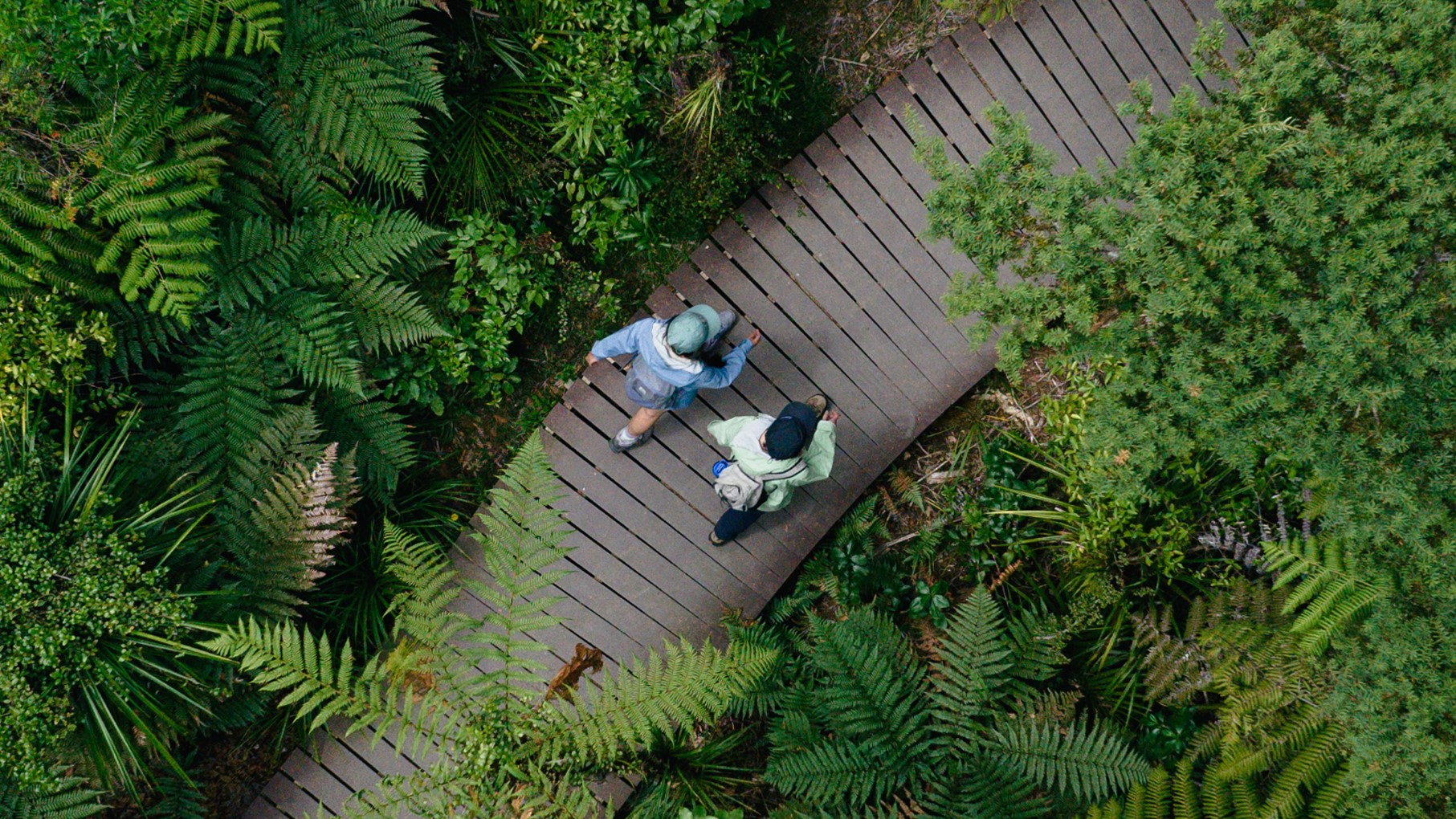About Kauri
Kauri are a taonga (treasure) of Aotearoa, New Zealand, and the third largest conifer in the world. Māori see the health of Kauri as an indicator of the wellbeing of the ngahere (forest) and the people.
Kauri are threatened by a soil-borne pathogen called Phytophthora agathidicida (PA), which causes the fatal condition known as kauri dieback disease.
The survival of Kauri depends on all of us taking action to protect Kauri and reduce the spread of this pathogen.
Make Kauri protection second nature
To preserve Kauri for generations to come, we need to give them space to grow and follow correct hygiene protocols when moving and working around them. That’s why 10 rules have been introduced as part of a National Plan to protect Kauri from PA.
By following best practice protocols and the rules of the National Plan, you can help reduce the impact of this pathogen and stop it from spreading to healthy Kauri.
What do I need to do to protect Kauri?
You will need to follow the rules for protecting Kauri if you:
To read a summary of the National Plan rules, see: National Plan rules.
How do the National Plan rules work?
Tiakina Kauri is helping people understand and comply with the rules of the National Plan through education and awareness programmes.
In cases of clear and substantial or continued non-compliance with the rules, prosecution or infringement fees could be applied.
